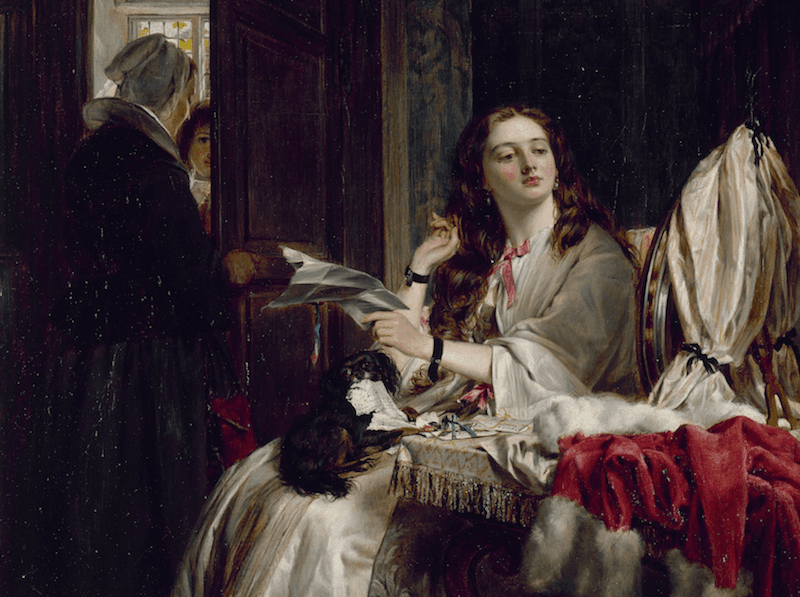The feast of St. Valentine has been associated with love since the Middle Ages. Back then, Valentine was one of many saints honored in the Christian calendar alongside major religious festivals, such as Christmas, Easter, and Pentecost.
In medieval times, people lived their lives according to the liturgical—or ceremonial—year. But many festivals on the religious calendar also tracked seasonal changes, marking the darkest and lightest times of year, times of planting, harvesting or using up stored food, or signaling the need for people to tighten their belts in periods of traditional shortage.

